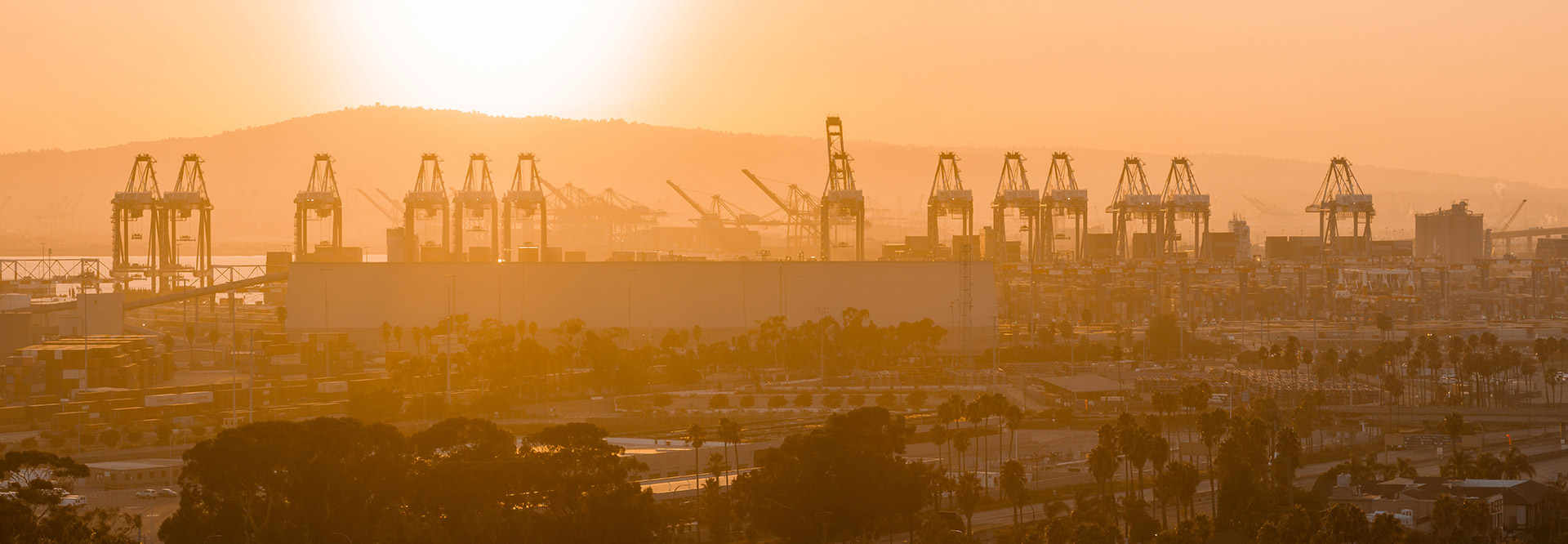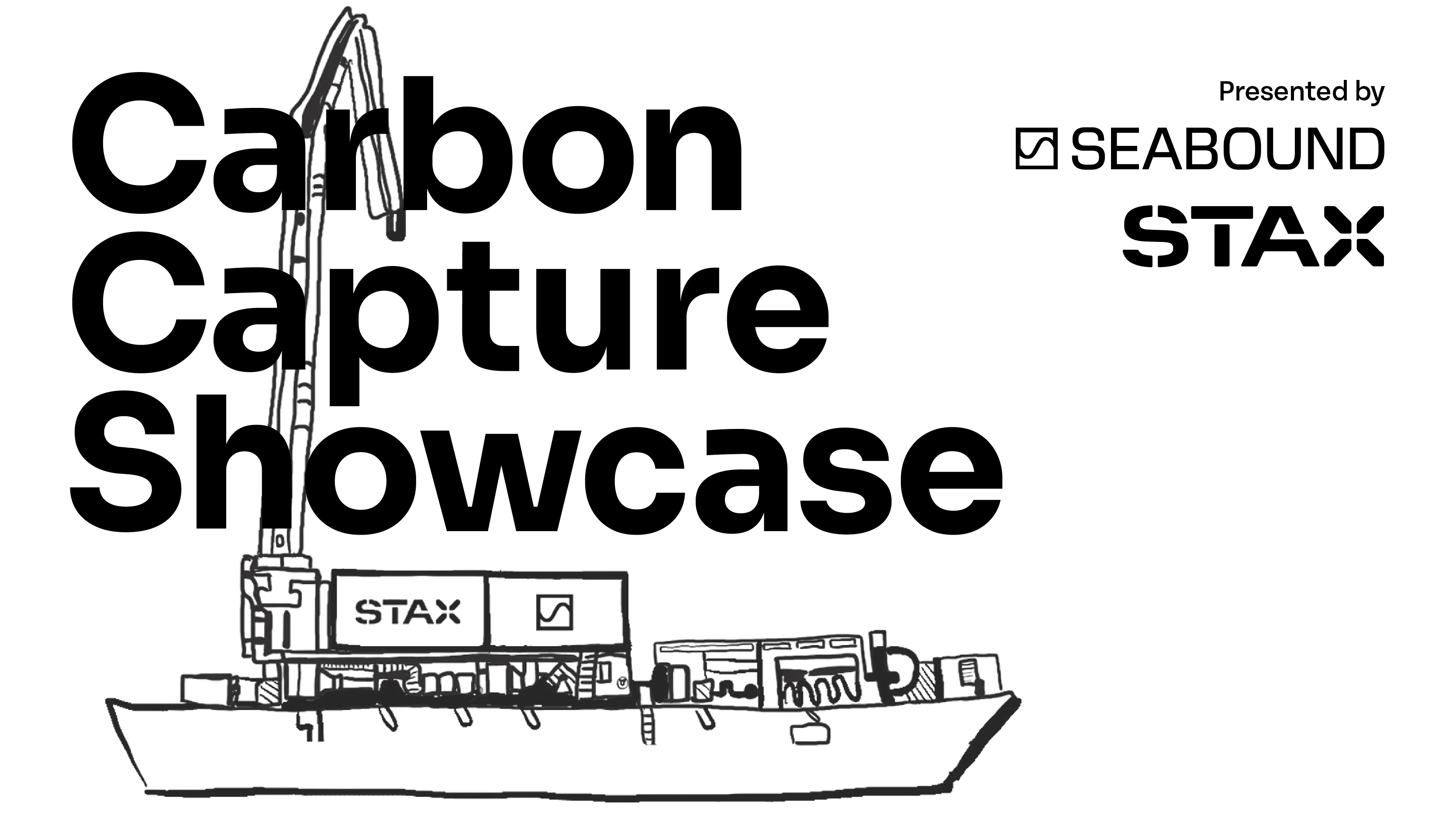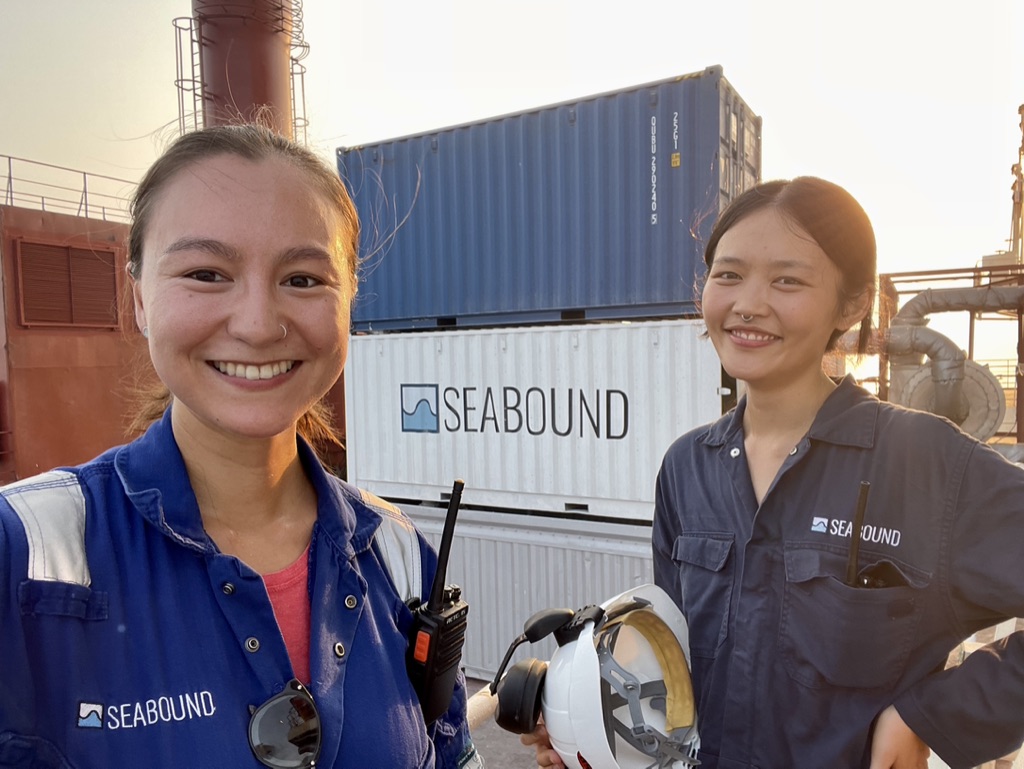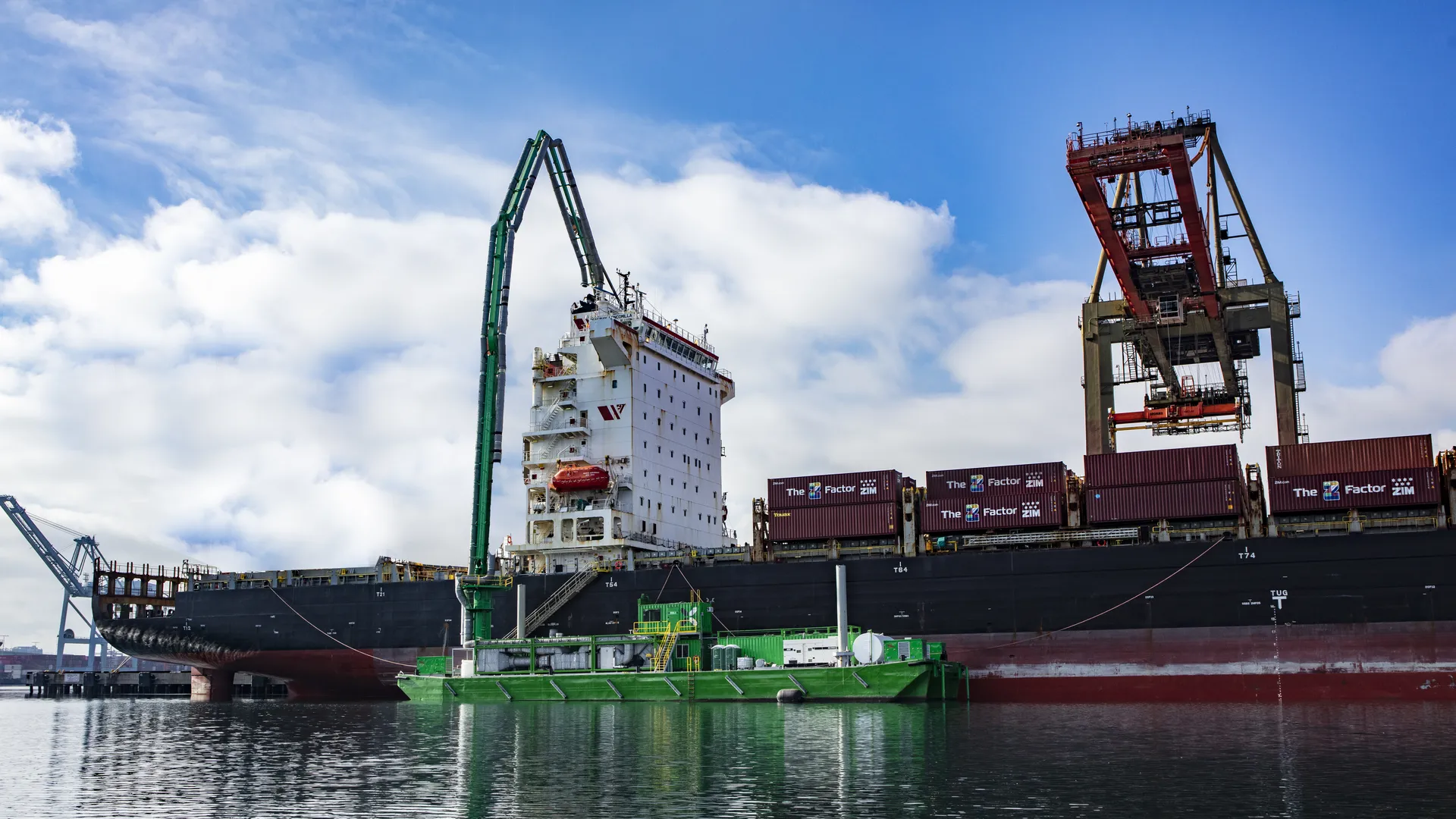Answers to the most common questions around CARB’s regulations for at-berth vessels.
Due to regulation updates in recent years, ocean-going vessels docking at California’s major ports must comply with strict emission reduction and reporting requirements set by the California Air Resources Board (CARB), the state agency responsible for reducing air pollution. These regulations aim to limit pollutants like diesel particulate matter (PM) and oxides of nitrogen (NOx), which significantly impact the environment and health of nearby communities.
CARB first introduced at-berth regulations in 2007 and has since progressively implemented stricter rules, which will continue to expand through 2027 to include more vessel types. Shore power—when a ship turns off its auxiliary engines and plugs into an on-shore electrical power supply—has been a common method of complying with these regulations to date. This approach is effective in reducing emissions, but requires costly infrastructure investments. Emissions capture and control technology is a cost-effective alternative to meet CARB compliance without any updates or retrofits to existing vessels.
California has long been a global leader in enacting strict regulations to reduce pollution, and CARB’s at-berth requirements are the most stringent in the world. Below, are answers to the most frequently asked questions about CARB’s at-berth regulations, including the timeline for regulation expansion, who the rules affect, and the methods available to reach compliance.
Why did CARB enact at-berth regulations for ships in California?
The Ports of Los Angeles and Long Beach alone are responsible for producing roughly 100 tons of smog daily, equivalent to emissions from 6 million vehicles. Emissions from at-berth ships, such as PM, NOx, and sulfur oxides (SOx), can lead to health issues, including respiratory problems, cardiovascular diseases, and forms of cancer.
These pollutants also significantly impact the environment, leading to ecosystem harm, deterioration of air and water quality, and exacerbation of climate change.
While CARB regulations currently focus on pollutants like PM and NOx, carbon dioxide (CO2) emissions are a significant concern and are expected to be addressed in future regulation updates.
When do CARB at-berth regulations take effect?
CARB first introduced at-berth emissions reduction regulations in 2007. These original rules took effect in 2014 and dramatically reduced harmful emissions by 80% from more than 13,000 vessel visits by 2020. That year, CARB expanded regulations to make further headway, deploying stricter standards and applying them to more vessel categories.
CCARB’s updated at-berth requirements started to take effect on January 1, 2023, and are set to expand to additional vessel types through 2027. Once fully implemented, the updated regulation is expected to achieve a 90% reduction in pollution and a 55% reduction in potential cancer risk for communities near the Ports of Los Angeles, Long Beach, and Richmond.
Vessel Type(s) | Compliance Start Date |
|---|---|
| January 1, 2023 |
| January 1, 2025 |
| January 1, 2027 |
What are the penalties for non-compliance?
Any vessel operators, terminal operators, ports, and third-party CARB-Approved Emissions Control Strategy (CAECS) operators found out of compliance risk hefty fines. That means any person or entity who owns, operates, charters, or leases any United States or foreign-flag ocean-going vessel that visits a California port, terminal, or berth is subject to the new regulation.
CARB determines penalties for air-quality regulations on a case-by-case basis. Under Section 43016 of the California Health and Safety Code, CARB fines can be up to $37,500 for each violation it finds related to this part of the code, but the maximum penalty increases annually by the California Consumer Price Index (CPI). Penalties are also listed each year in the CARB Enforcement Division’s Annual Report.
Who do compliance regulations affect?
Regulations apply to the following groups:
Vessel operators: Must ensure their ships meet emission standards when at berth.
Terminal operators: Required to provide the necessary infrastructure to support compliance efforts.
Ports: Must facilitate the implementation of CARB regulations and monitor compliance.
Which California ports are subject to CARB regulations?
Regulated marine terminals in California are those that receive 20 or more visits from a regulated vessel categories in any calendar year. This includes the Ports of Los Angeles, Long Beach, Oakland, San Francisco, San Diego, Benicia, Richmond, Carquinez Strait, Crockett, and Hueneme. Any terminal that receives fewer than 20 vessel visits in a year is defined as “low activity” or “low-use” and is not subject to emissions control requirements.
How can at-berth ships comply with CARB?
There are two main ways ships today can meet CARB requirements: shore power or a CARB-approved capture and control system. Ports are required to invest in these solutions to help all vessel types comply and may work with third-party-operated CAECS. Incentive funding is available for funding these programs.
Shore power
Shore power, also known as cold ironing, allows vessels to shut down their auxiliary engines and connect to the local electrical grid while at berth. This is an effective means to reducing emissions, however, it requires significant investment in landside infrastructure and ship modifications.
Estimates place the cost of retrofitting a ship to plug into shore-side power between $500,000 and $1.5 million per vessel. And while many California ports have begun making upgrades to accommodate shore power, creating enough infrastructure to service all vessels will take time.
Emissions capture and control
STAX’s emissions capture and control technology works by attaching to a vessel’s exhaust system and filtering out pollution emissions. This method does not require any expensive retrofits, it simply hooks onto any existing configuration to remove 99% of PM and 95% of NOx. Vessel and terminal operators can book STAX as needed when their ship is at berth.
The STAX Difference
It will take a combination of approaches, with coordination between vessel and terminal operator, as well as ports, to meet CARB requirements. With no need to complete expensive retrofitting, the STAX barge-based capture and control system is a smart and cost-effective solution to meet CARB compliance.
As the 2021 California Air Resource Board’s grant recipient for technology advancement, STAX helps vessels comply with the expanding regulations today—and in the future. STAX emission capture and control is up and operating in the Ports of LA, Long Beach, and Oakland, with more California ports soon to come.
Learn more about how STAX technology works.



